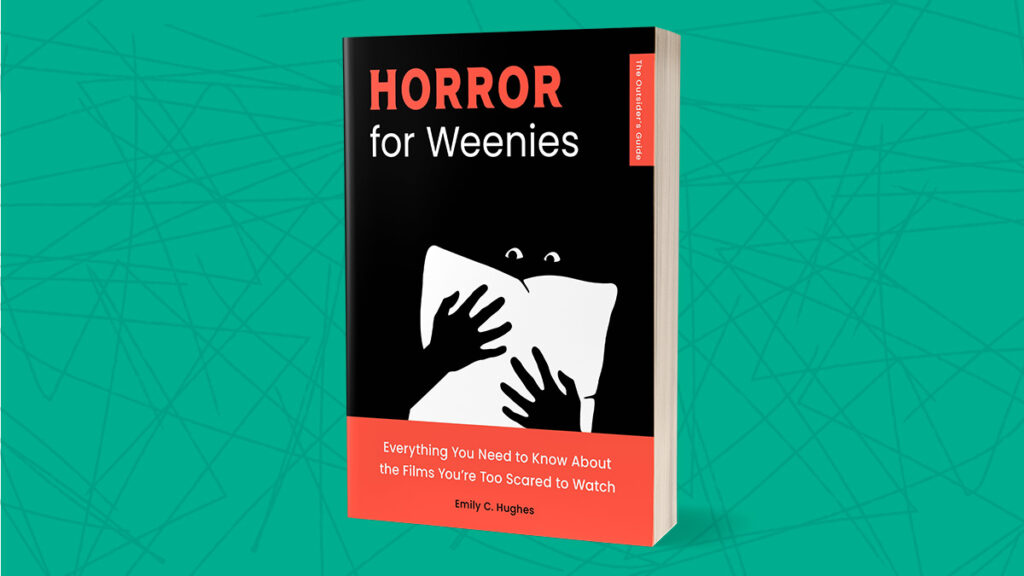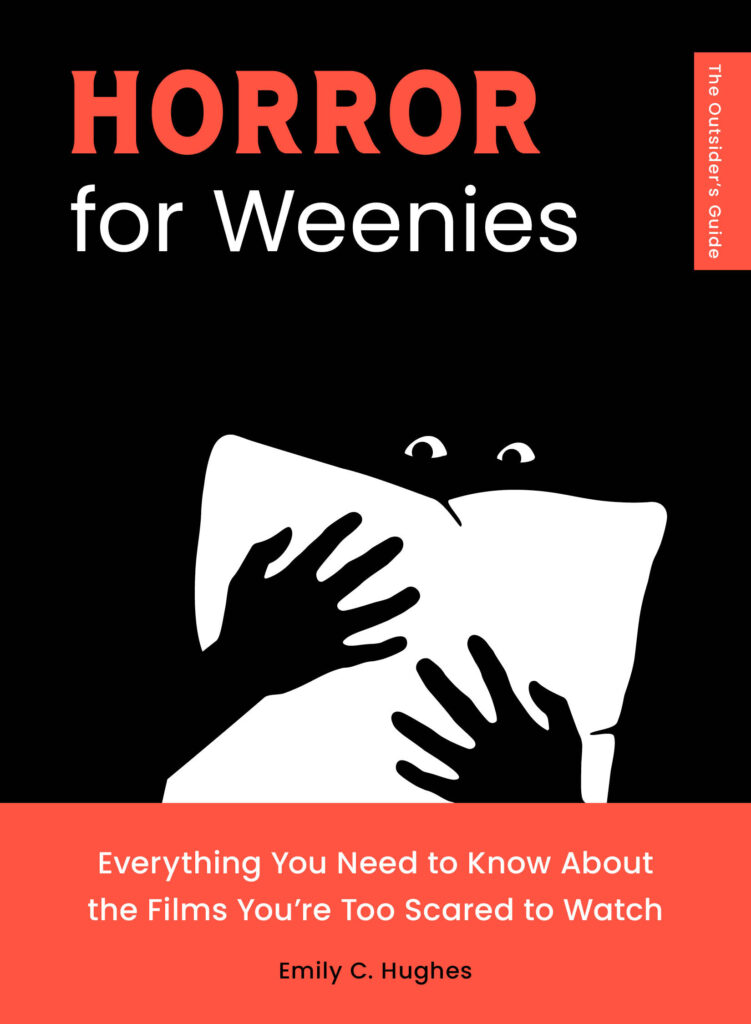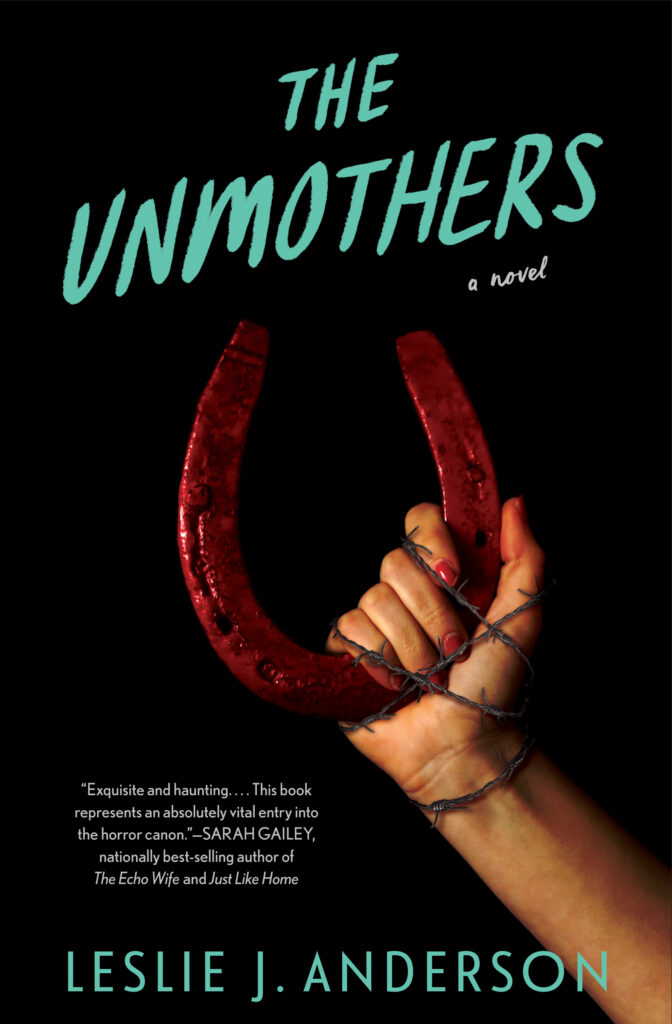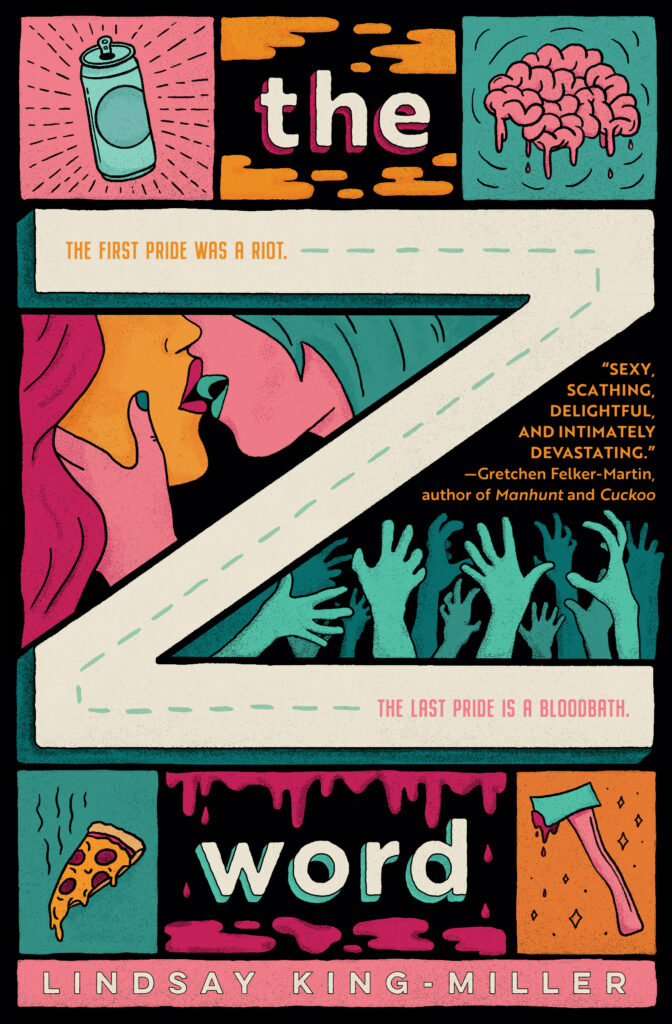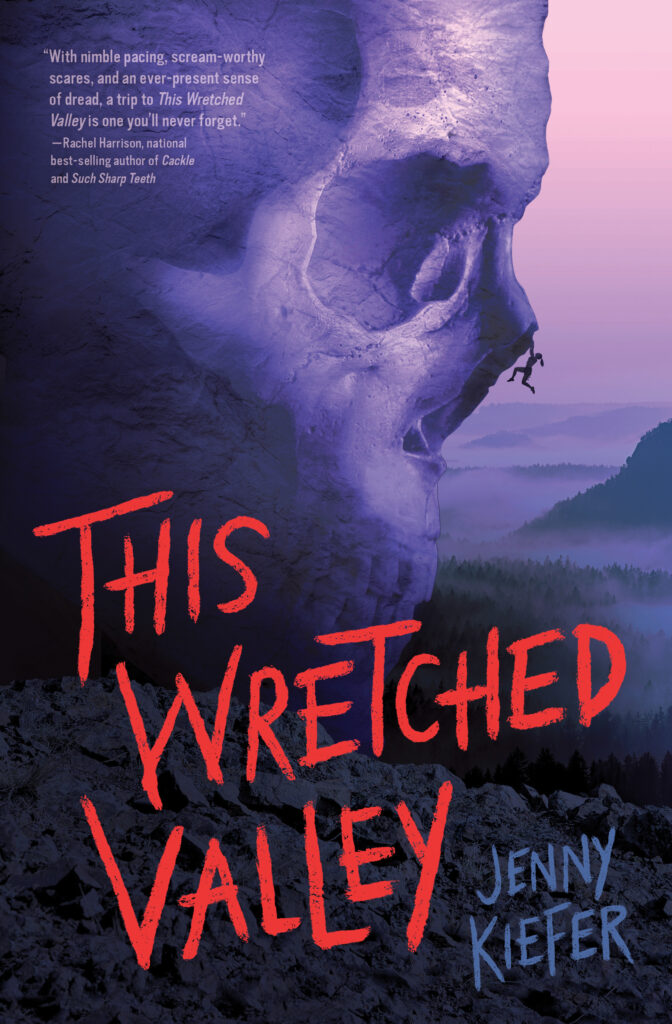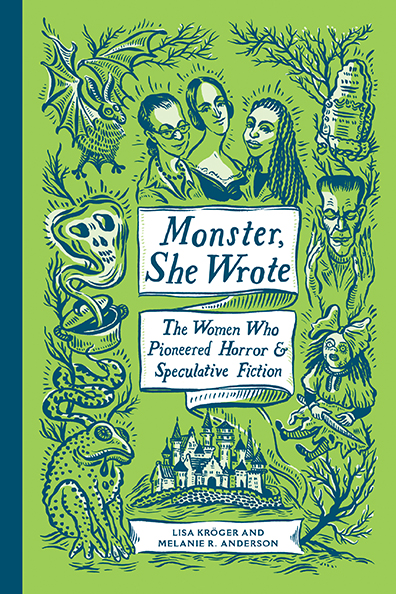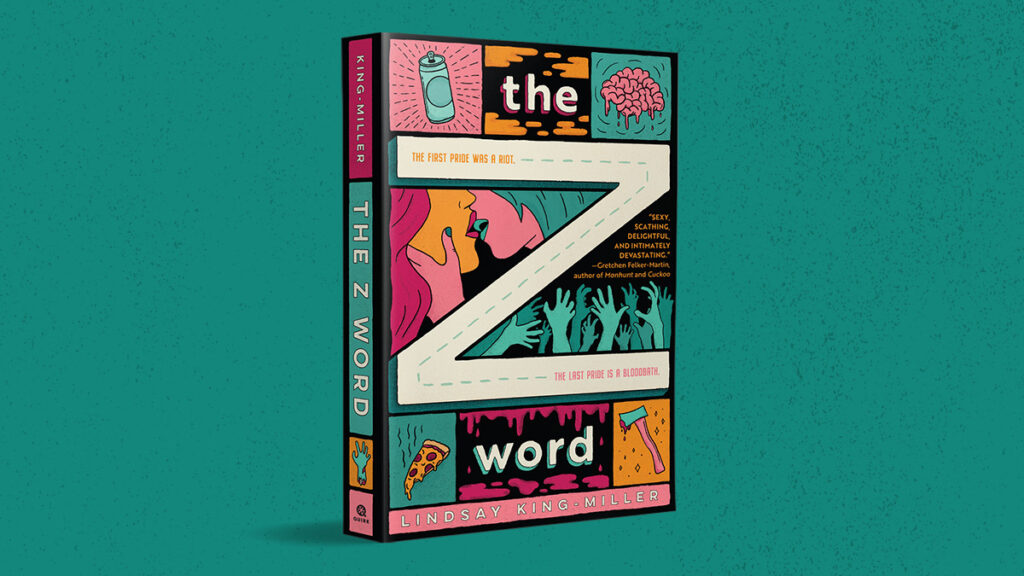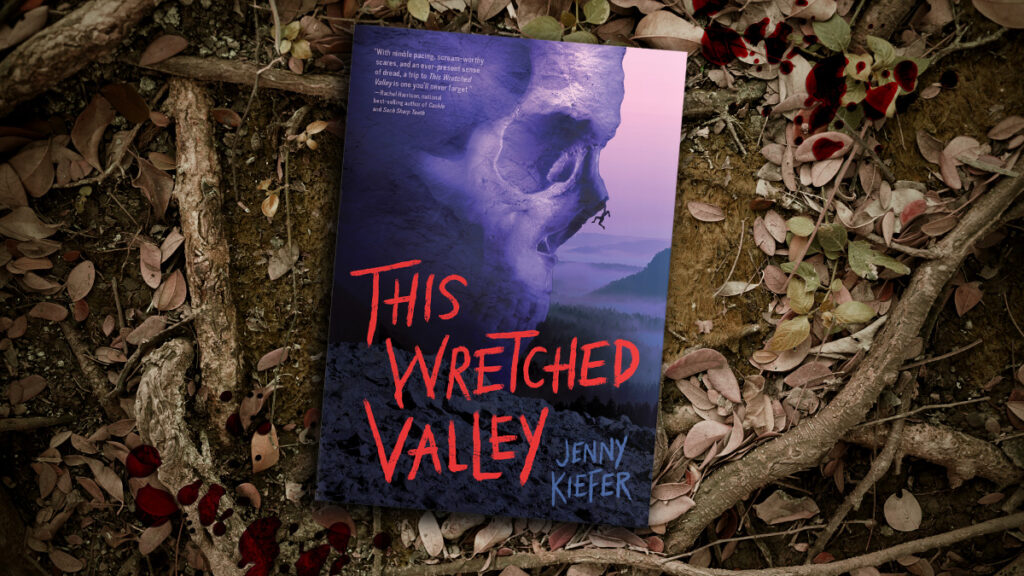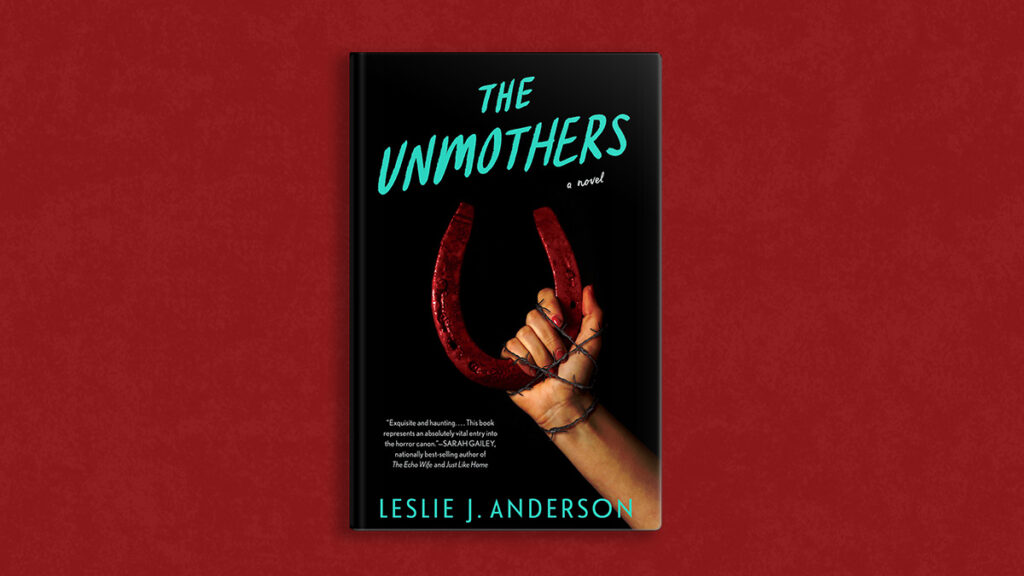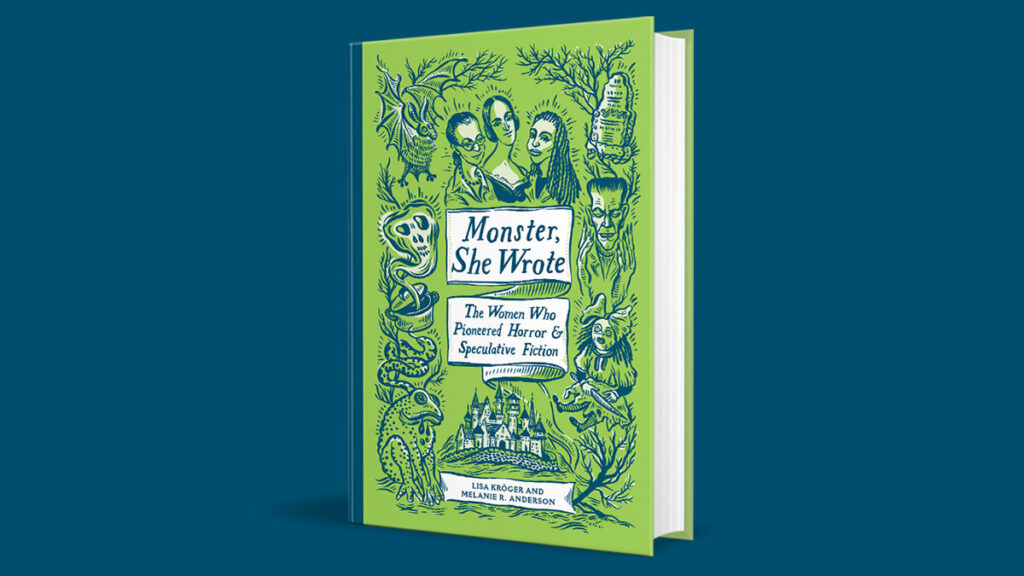Women in Horror Q&A with Horror for Weenies Author Emily C. Hughes (Plus an Excerpt)
Horror for Weenies by Emily C. Hughes goes on sale September 3, 2024.
Preorder your copy!
Quirk Books: What do you love most about writing about horror?
Emily C. Hughes: It’s always revealing to talk to people about horror and my own interest in it – virtually no one is agnostic about scary stories! Horror provokes strong reactions, whether positive or negative, and those reactions nearly always unveil something interesting about the person having them. Fear is odd in that it’s universal, but also intensely personal – if you show someone what scares you, you’re sharing a part of yourself you might not even be fully aware of.
Quirk Books: What sparked your interest in the horror genre?
Emily C. Hughes: There were a few formative pieces of media that got me started down this particular road – the John Bellairs books were probably the earliest, with those killer Edward Gorey illustrations. There was Jaws, which I begged my mom to let me watch even though I had an overwhelming childhood fear of sharks – that was the first time I made the conscious connection between fear and fascination. And then there was the unbeatable combo of Buffy the Vampire Slayer and The X-Files – both were profoundly formative TV shows for me, cementing my interest in cryptids, the supernatural, and all things creepy. (The dual impact of Dana Scully and Willow Rosenberg also led me to dye my hair red for years, but that’s neither here nor there).
Quirk Books: Is there a particular horror subgenre that you prefer to read or watch?
Emily C. Hughes: Oh, I’m an omnivore – I love it all, from body horror to possession stories to slashers and ghosts and zombies and vampires. That said, I have a soft spot for folk horror, cult stories, or any other subgenre where humans are the real monsters.
Quirk Books: What are the last three pieces of horror media you’ve consumed and loved?
Emily C. Hughes: I finally watched Talk To Me last month, which was one of last year’s most talked-about horror movies, and it scared me so much I almost asked my editor if we could add a last-minute addendum to the book (fantastic movie, really inventive, and definitely NSFW – Not Safe For Weenies). True Detective: Night Country was, I gather, divisive, but I loved it – Issa López really leaned into the cosmic and folk horror elements the show’s first season (and original showrunner) ultimately shied away from, and it was everything I wanted. Well, not everything – I would’ve preferred a ten episode season over a six episode one, but life goes on. I was also lucky enough to read an early copy of Leslie J. Anderson’s debut novel The Unmothers, which hits shelves in August, and it took my breath away. It’s a remarkable and fresh take on pregnancy and motherhood horror stories, one grounded in the economic and social realities of small-town America – plus, there are horses!
Quirk Books: What do you hope readers take away from Horror for Weenies?
Emily C. Hughes: It depends on the reader! For readers of weenie experience, I hope they come away with an understanding of, or maybe even an appreciation for, the narrative, emotional, and social value of horror stories – along with a solid grasp on the plot of It Follows and at least a few fun facts about Candyman or Rosemary’s Baby to drop at parties. But I also really hope die-hard horror fans come to this book too! They might not need the plot recaps quite as much as the titular audience, but I’ve tried to situate each of the 25 films in the book in a broader cultural context and explore why these movies are so influential, and hopefully that’s just as interesting for horror fans as it is for newcomers.
Love getting the reference but hate being scared?
If you aren’t sure if you’re ready for Quirk’s horror books, don’t worry! Dip your toes into the horror pool with this excerpt from Horror for Weenies: Everything You Need to Know About the Films You’re Too Scared to Watch by Emily C. Hughes:
I didn’t start habitually watching horror movies until adulthood (a fateful viewing of Poltergeist at my tenth birthday party scarred me, and it took me a while to get past it). For many years, I would say “Oh, I’m just not a horror person” and excuse myself from dorm room movie marathons or multiplex outings to see anything scary. But I still wanted to know what happened. I didn’t want to feel more left out than I had to—plus, the invitations kept coming, so clearly my friends and peers were getting something out of scaring themselves half to death. I’d read reviews or Wikipedia plot synopses or spoilery blog posts, hoping to replicate the experience— but as any good weenie knows, something is always lost when you translate a movie to text. When I read those dry descriptions, I was left wondering what I was missing. Obviously, what I was missing (quite deliberately) was the fear—but why was that an important factor? Why did people want to be scared on purpose?
Horror fiction was ultimately the thing that brought me back around to horror cinema. The difference in medium provided me with just enough distance from the subject matter that books functioned as a sort of ad hoc form of exposure therapy. (That’s why each movie entry in this book comes with a few suggested reads—if you’re curious but can’t quite bring yourself to watch, fiction might be as useful for you as it was for me.) I found myself reaching for more intense and disturbing reads, and then eventually I realized it was time to give the moving image another try. And this time, I fucking loved it.
It’s not that I don’t get scared, unsettled, or disturbed by what I’m watching— I’m still a weenie at heart, if a reformed one, and if I sense a jump scare coming I’ll look anywhere other than at the screen. But coming to the genre with new eyes, I found myself fascinated by the craft of horror, the storytelling methods and cinematography tricks employed by filmmakers to evoke fear, dread, and anxiety. And this also meant I got interested in the value of these intense emotions—the way they can provide catharsis or clarity about our day-to-day anxieties. Thinking about horror, to me, is as rewarding as watching it, if not more so, and I spend a lot of time thinking about it.
So I feel I can now attempt to answer those big questions: What’s the big deal about horror? And why do people want to be scared on purpose?
For starters, these aren’t exactly the same thing. Some people will tell you that if it isn’t scary, it isn’t horror, but I think that displays a paucity of imagination. What scares us is highly personal—some people run out of the room at the mere sight of a spider, for instance, while others keep tarantulas as pets. That’s why there’s no fear rating scale in this book; the things that scare me are almost certainly different from the things that scare you. And “scary” is a maddeningly imprecise word—does it mean goose bumps? A full-body flinch? A lingering sense of dread? Again, there are so many options, and the outcome is different for just about everyone. In 2018, critic Angelica Jade Bastién wrote a cri de coeur for Vulture that argued against reducing a horror film’s merits to whether or not it scared you. Bastién posits a more expansive definition of horror, one I’ve fully embraced: it’s a genre that explores fear, how it motivates and shapes our lives and those of the characters we’re watching.
As individual as fear is, it still inextricably links us to each other. Every human who’s ever lived has been afraid of something, whether it’s something mundane like needles or car accidents or something fantastical like aliens or zombies. Fear is primeval, linked to our species’ ability to survive: we’re very good at identifying threats and doing our best to avoid them. In fact, we’ve done such a good job of removing ourselves from the position of prey that we now seek out fear for recreational purposes, which is pretty wild when you think about it. There are any number of hypotheses about why people seek out the feeling of fear—a common one suggests that feeling frightened in an objectively safe setting can be exhilarating or cathartic, and while I’m sure that’s true for some people, I’m equally sure it’s not true for others. I think at the end of the day, we’re just a species of sensation seekers. Experiencing any strong emotional response is a kind of release, whether it’s a laugh, a good cry, an orgasm, or a scream. Presumably, if you’re reading this book, you’re at least a little curious about the scream.
